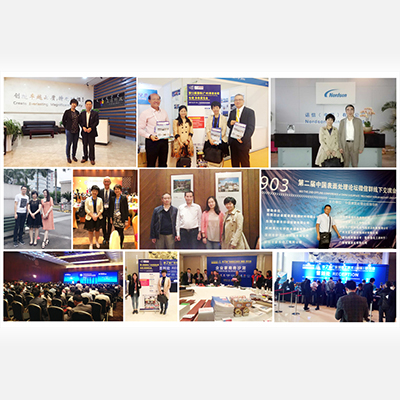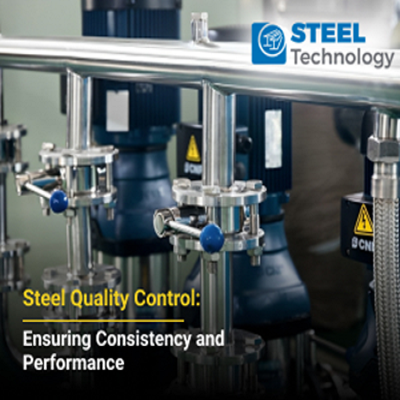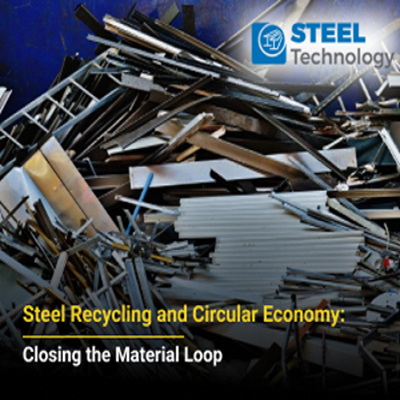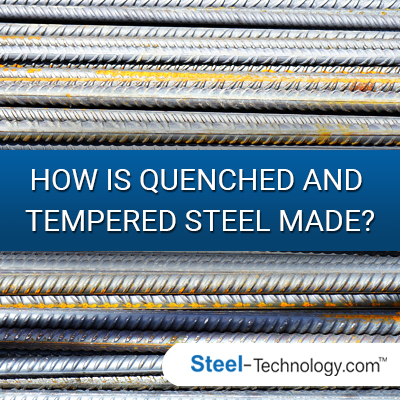Forging Ahead: Ironmaking Innovations in the Steel Industry
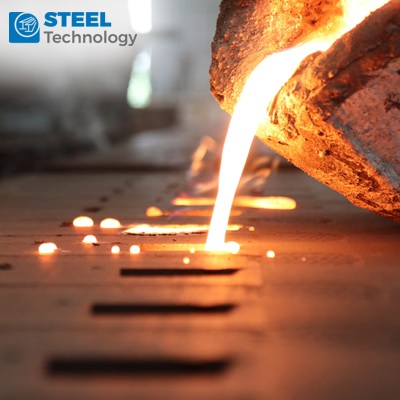
Introduction:
Ironmaking, the process of converting iron ore into molten iron, is a critical step in steel production. Over time, the steel industry has seen remarkable advancements in ironmaking technologies, driven by the need for increased efficiency, reduced environmental impact, and improved product quality. This article explores the evolution of ironmaking, highlights key innovations, discusses their benefits and challenges, and looks towards the future of ironmaking in the steel industry.
The Evolution of Ironmaking:
Historically, ironmaking was primarily done through the blast furnace method, which involved the combustion of coke (a form of carbon) to extract iron from iron ore. While this method revolutionized steel production, it was energy-intensive and emitted significant amounts of carbon dioxide (CO2). As environmental concerns grew, the industry shifted towards more sustainable and efficient ironmaking processes.
Key Innovations in Ironmaking:
1. Direct Reduction Processes: Innovations such as the Midrex and HYL processes introduced direct reduction technologies that use natural gas or hydrogen to reduce iron ore into metallic iron. These processes are highly energy-efficient and emit fewer pollutants compared to traditional blast furnaces.
2. Electric Arc Furnaces (EAF): EAFs have become increasingly popular, especially in mini-mills, for their ability to use scrap metal and direct reduced iron (DRI) to produce steel. This reduces the reliance on virgin iron ore and offers flexibility in steel production.
3. Hydrogen-Based Ironmaking: Hydrogen is emerging as a promising alternative to carbon-intensive coke in ironmaking. Processes like hydrogen direct reduction (HDR) and hydrogen smelting reduction (HSR) aim to achieve carbon-neutral steel production by using hydrogen as a reducing agent.
4. Smelting Reduction Processes: Technologies like COREX and Finex integrate iron ore reduction with coal gasification to produce hot metal. These processes are known for their lower CO2 emissions and higher energy efficiency compared to traditional blast furnaces.
5. Circular Economy Initiatives: The industry is also focusing on circular economy initiatives, such as recycling steel scrap and reducing waste, to promote sustainability and resource efficiency.
Benefits of Ironmaking Innovations:
- Environmental Sustainability: Innovations in ironmaking contribute to reducing carbon emissions, mitigating environmental impact, and aligning with global sustainability goals.
- Efficiency and Cost Savings: Modern ironmaking technologies improve energy efficiency, reduce raw material consumption, and optimize production costs, enhancing the competitiveness of steel manufacturers.
- Quality and Product Diversity: Advanced ironmaking processes enable the production of high-quality steel with precise alloy compositions, meeting diverse market demands for specialized steel products.
Challenges and Future Outlook:
While ironmaking innovations offer numerous benefits, they also come with challenges that the steel industry must navigate to fully realize their potential.
One of the primary challenges is the high initial investment required for implementing advanced ironmaking technologies. Hydrogen-based ironmaking, for example, involves substantial infrastructure changes and investments in hydrogen production and storage facilities. Similarly, the adoption of smelting reduction processes like COREX and Finex requires significant capital outlay for equipment and operational adjustments. Overcoming these cost barriers will require strategic planning, financial support, and collaboration among industry stakeholders.
Another challenge is the scalability of new ironmaking technologies. While pilot projects and small-scale implementations have demonstrated the feasibility and advantages of innovations like hydrogen-based reduction and smelting reduction processes, scaling these technologies up to industrial levels presents technical and logistical hurdles. Ensuring scalability involves optimizing processes, addressing supply chain constraints, and refining operational practices to meet the demands of large-scale steel production.
Infrastructure requirements pose another challenge for the widespread adoption of advanced ironmaking technologies. Hydrogen-based ironmaking, for instance, requires the development of hydrogen production facilities and a hydrogen supply chain, including storage and transportation infrastructure. Similarly, smelting reduction processes necessitate integrated systems for coal gasification and iron ore reduction. Building the necessary infrastructure entails collaboration with energy providers, regulatory bodies, and technology partners to create a robust ecosystem for sustainable ironmaking.
Despite these challenges, the future outlook for ironmaking in the steel industry remains optimistic, driven by ongoing advancements and strategic initiatives.
Future Directions and Opportunities:
Moving forward, the steel industry is focusing on several key areas to unlock the full potential of ironmaking innovations:
a. Investment in Research and Development: Continued investment in R&D is crucial for refining existing ironmaking technologies and exploring new approaches. Collaborative research initiatives, partnerships with academic institutions, and government support can accelerate innovation and technology transfer within the industry.
b. Technology Integration and Optimization: Integrating digitalization, automation, and artificial intelligence (AI) into ironmaking processes can enhance efficiency, improve process control, and enable predictive maintenance. Smart sensors, data analytics, and AI algorithms can optimize operations, reduce downtime, and optimize resource utilization.
c. Collaboration and Knowledge Sharing: Collaboration among industry players, technology providers, and research institutions is essential for sharing best practices, fostering innovation, and addressing common challenges. Platforms such as industry consortia, conferences, and forums facilitate knowledge exchange and collaboration on ironmaking advancements.
d. Sustainable Supply Chains: Developing sustainable supply chains for raw materials, energy, and auxiliary materials is critical for the long-term viability of ironmaking innovations. Embracing circular economy principles, promoting responsible sourcing practices, and reducing waste in production processes contribute to environmental stewardship and resource efficiency.
e. Policy Support and Regulatory Alignment: Government policies, incentives, and regulatory frameworks play a pivotal role in promoting the adoption of advanced ironmaking technologies. Supportive policies for carbon reduction, clean energy transition, and innovation funding create an enabling environment for industry-led initiatives.
Conclusion:
In conclusion, while challenges exist, the steel industry is poised for significant advancements in ironmaking through continued innovation, strategic partnerships, and a focus on sustainability. By addressing cost barriers, enhancing scalability, investing in infrastructure, and leveraging emerging technologies, the industry can forge ahead towards a greener, more efficient, and resilient ironmaking ecosystem. Embracing these opportunities will not only drive economic growth and competitiveness but also contribute to a more sustainable and environmentally conscious steel industry for future generations.





